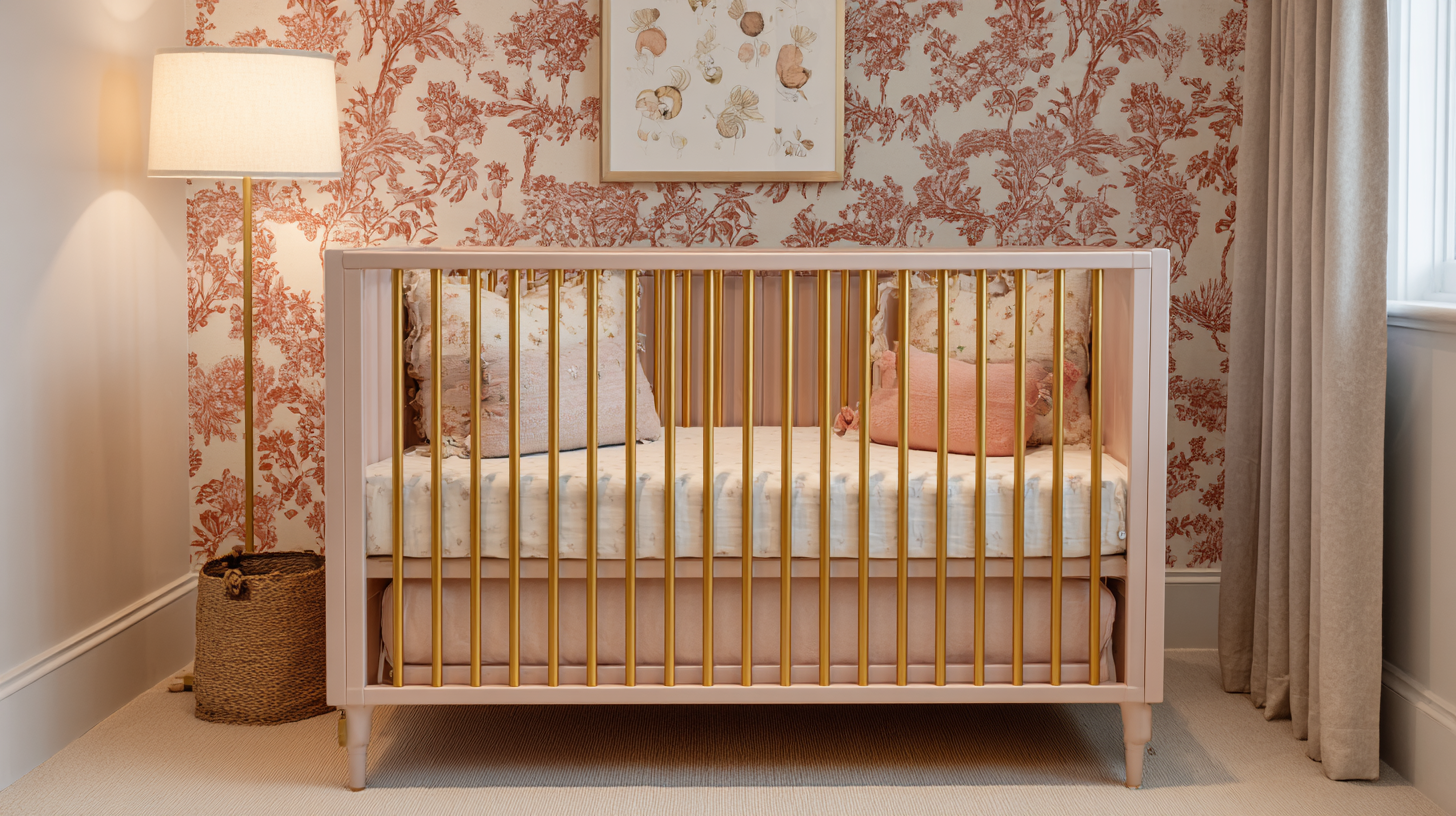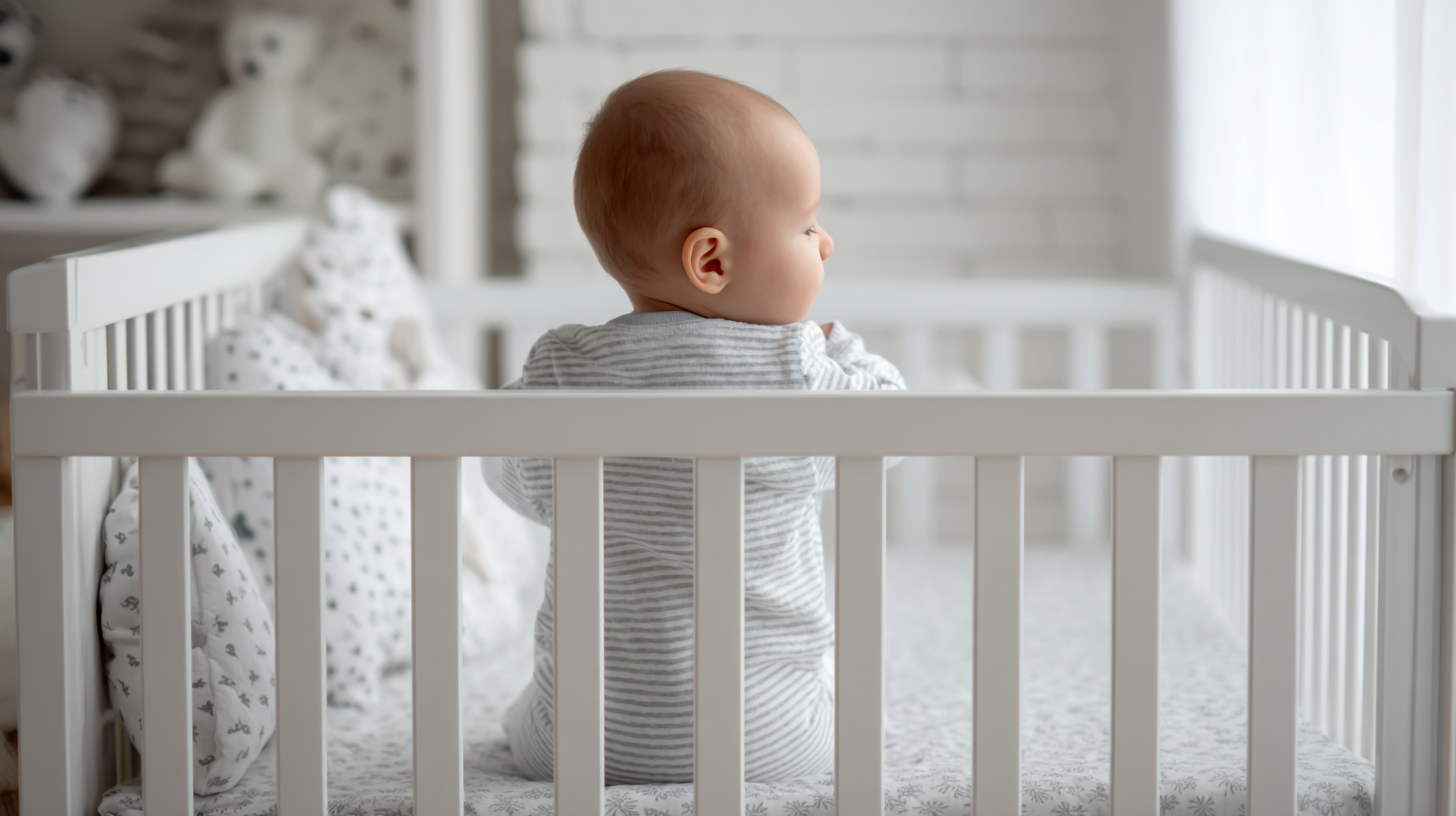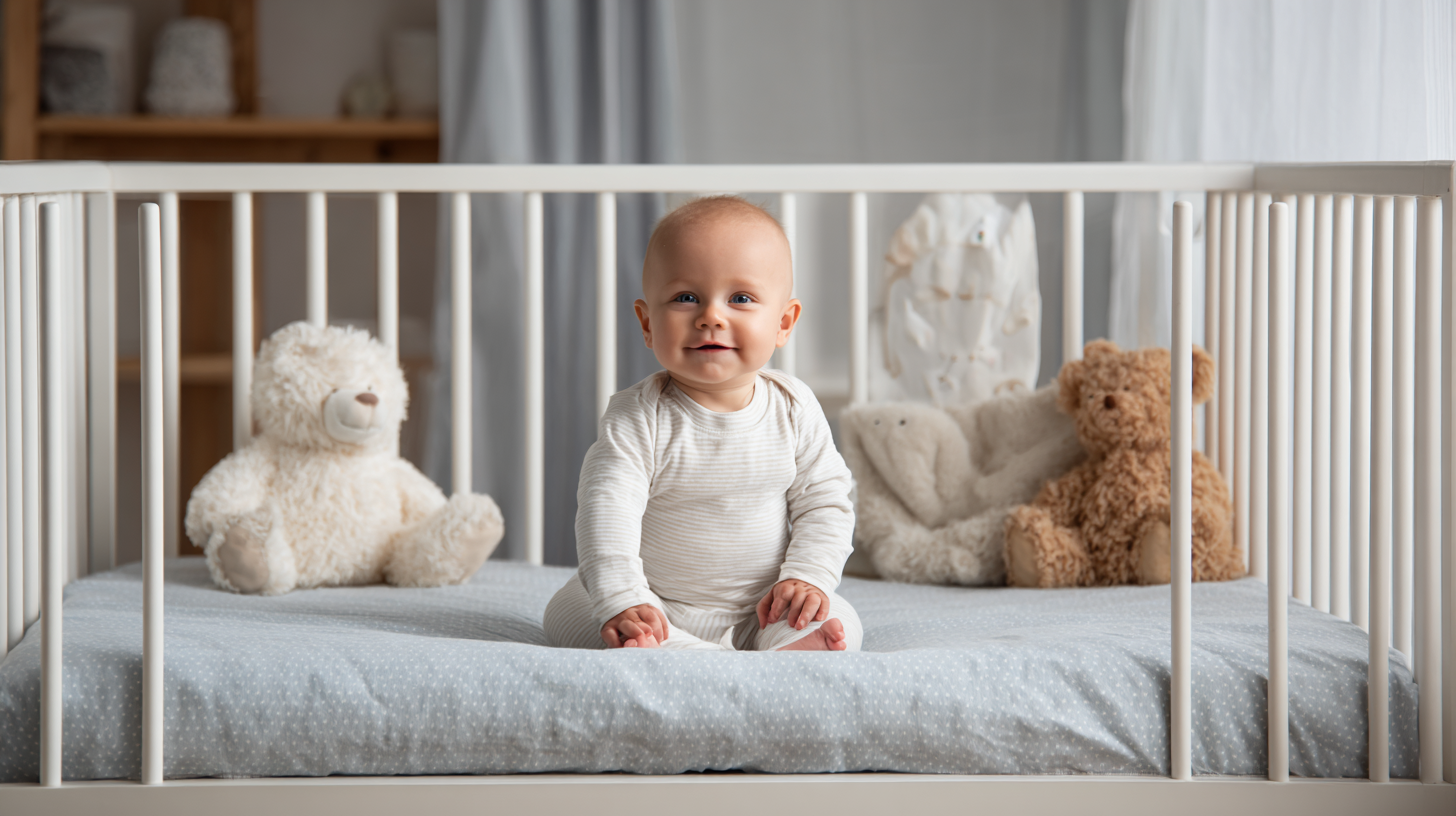When it comes to ensuring the safety and comfort of your little one, choosing the right baby crib is paramount. According to a report by the Juvenile Products Manufacturers Association (JPMA), over 90% of parents consider the quality of their child’s sleeping environment to be a top priority. However, with an overwhelming number of options available on the market, finding a reliable supplier that offers quality baby cribs can be a daunting task. A study published by the Consumer Product Safety Commission (CPSC) highlights that nearly 11,000 crib-related injuries occur annually in the U.S., emphasizing the need for careful sourcing. This comprehensive checklist will guide you through the essential steps to identify and collaborate with reputable suppliers, ensuring that your choice of baby crib meets rigorous safety standards and provides peace of mind for parents everywhere.

When sourcing quality suppliers for baby cribs, understanding industry production standards is crucial to ensuring safety, durability, and comfort. The American Academy of Pediatrics (AAP) sets strict guidelines that manufacturers must follow to minimize hazards such as entrapment and suffocation. Familiarizing yourself with these standards will not only help you identify reliable suppliers but also ensure that the cribs you choose for your customers meet the highest safety benchmarks.
Tip: Research suppliers’ compliance with certifications like ASTM International and CPSC regulations. Ask for proof of testing and certifications before making a decision. This will help you narrow down potential suppliers and build trust in the products they offer.
Additionally, quality materials play a vital role in the production of baby cribs. Look for suppliers that utilize non-toxic finishes and sustainable woods to enhance both safety and environmental responsibility. By doing so, you can cater to the growing demand from parents seeking eco-friendly options.
Tip: Request samples of materials and finished products to assess their quality firsthand. This will give you a better understanding of the craftsmanship and reliability of the suppliers you are considering.
When sourcing quality suppliers for baby cribs, understanding key certifications and regulations is crucial for ensuring safety and compliance. According to the Consumer Product Safety Commission (CPSC), in the United States, all cribs must meet mandatory safety standards outlined in federal regulations. These include specifications for slat strength, crib dimensions, and the absence of sharp edges or points. It's essential to select suppliers who are compliant with these regulations and hold relevant certifications such as ASTM International standards. Research indicates that approximately 90% of parents consider safety certifications as a primary factor in their purchasing decisions.
Tip: Always request documentation of compliance from your suppliers. Certifications like GREENGUARD or JPMA (Juvenile Products Manufacturers Association) not only demonstrate adherence to safety standards but also emphasize a commitment to environmentally friendly materials.
Additionally, international regulations such as EN 716 in Europe provide guidance on crib manufacturing standards. Ensuring your suppliers are knowledgeable about these international regulations can open doors to markets overseas. A well-documented supply chain can enhance your brand's credibility and offer reassurance to parents who prioritize safety.
Tip: Stay informed about updates to safety regulations. Regularly review industry reports, as changes in compliance standards can directly affect your product offerings and marketability.

When evaluating supplier quality for your baby crib, it’s essential to consider several key factors that ensure a fruitful partnership. Start by assessing the supplier’s track record in reliability and product quality. This includes reviewing their past performance in meeting delivery schedules and maintaining consistent quality standards. Additionally, you should investigate their capacity for scalability, as a dependable supplier should be able to accommodate your growing needs without compromising quality.
The use of advanced technologies like deep learning and machine learning can also significantly enhance your supplier evaluation process. These techniques allow for more informed decision-making by analyzing supplier data comprehensively, thus identifying the best fit for your needs. Furthermore, a commitment to sustainable sourcing and ethical practices has become increasingly important. Thorough due diligence in these areas not only ensures adherence to legal standards but also aligns with the values that many consumers, particularly parents, prioritize today. Building a strong network of trustworthy suppliers is not just about meeting immediate demands, but also about fostering long-term relationships that drive mutual success.
When sourcing quality suppliers for baby cribs, understanding material specifications is crucial for ensuring safety and comfort. According to the American Academy of Pediatrics, cribs should meet specific safety standards, including the use of non-toxic finishes and sturdy construction materials. For instance, manufacturers are encouraged to use solid hardwood or plywood, which provides better durability and can withstand the rigors of daily use. The ASTM International and CPSC have laid out stringent guidelines, noting that any crib must be free of sharp edges and with slats spaced no more than 2 3/8 inches apart to prevent entrapment.
In addition to structural integrity, it's vital to consider the safety of the materials themselves. Reports from the Consumer Product Safety Commission highlight that cribs made with lead-free paints and free of harmful phthalates can significantly mitigate health risks. Suppliers should provide certifications verifying that their materials comply with the Consumer Product Safety Improvement Act (CPSIA). Engaging with suppliers who focus on sustainable practices and have certifications such as Greenguard can further assure the quality and safety of the materials used in baby cribs, making them a smart choice for parents prioritizing both health and environmental impact.
| Material Type | Specification | Safety Standards | Supplier Certification | Lead Time (Days) |
|---|---|---|---|---|
| Solid Wood | Minimum thickness 1 inch | ASTM F1169, JPMA Certified | ISO 9001 | 30 |
| Composite Wood | E0 or E1 grade, non-toxic adhesives | CARB Compliant, Greenguard Certified | FSC Certification | 45 |
| Metal | Powder-coated finish, rust-resistant | ANSI/BIFMA, ASTM F1483 | ISO 14001 | 25 |
| Fabric | OEKO-TEX certified, flame-retardant | CFR 1632, EN 71 | GOTS Certification | 20 |
| Mattress | CertiPUR-US certified foam | ASTM F2933, Federal Flammability Standard | CertiPUR Certification | 15 |
When sourcing quality suppliers for baby cribs, ensuring supplier compliance with industry standards is paramount. According to a report by the Juvenile Products Manufacturers Association (JPMA), nearly 40% of all infant-related injuries are associated with cribs, underscoring the importance of stringent safety standards in production. Before finalizing a supplier, it’s crucial to verify their adherence to ASTM F1169, the standard consumer safety specification for full-size baby cribs, which sets the bar for safety and performance.

To verify compliance, assess the supplier’s certifications and audit reports. A recent survey by the International Organization for Standardization (ISO) revealed that only 60% of manufacturers consistently maintain certifications relevant to their product categories. Request documentation such as ISO 9001, which ensures a quality management system, or CPSIA certifications that confirm compliance with safety regulations. Engaging in direct conversations with suppliers about their quality control processes can give insights into their reliability and commitment to safety, which is non-negotiable in the crib manufacturing industry.
TradeManager
Skype
VKontakte

